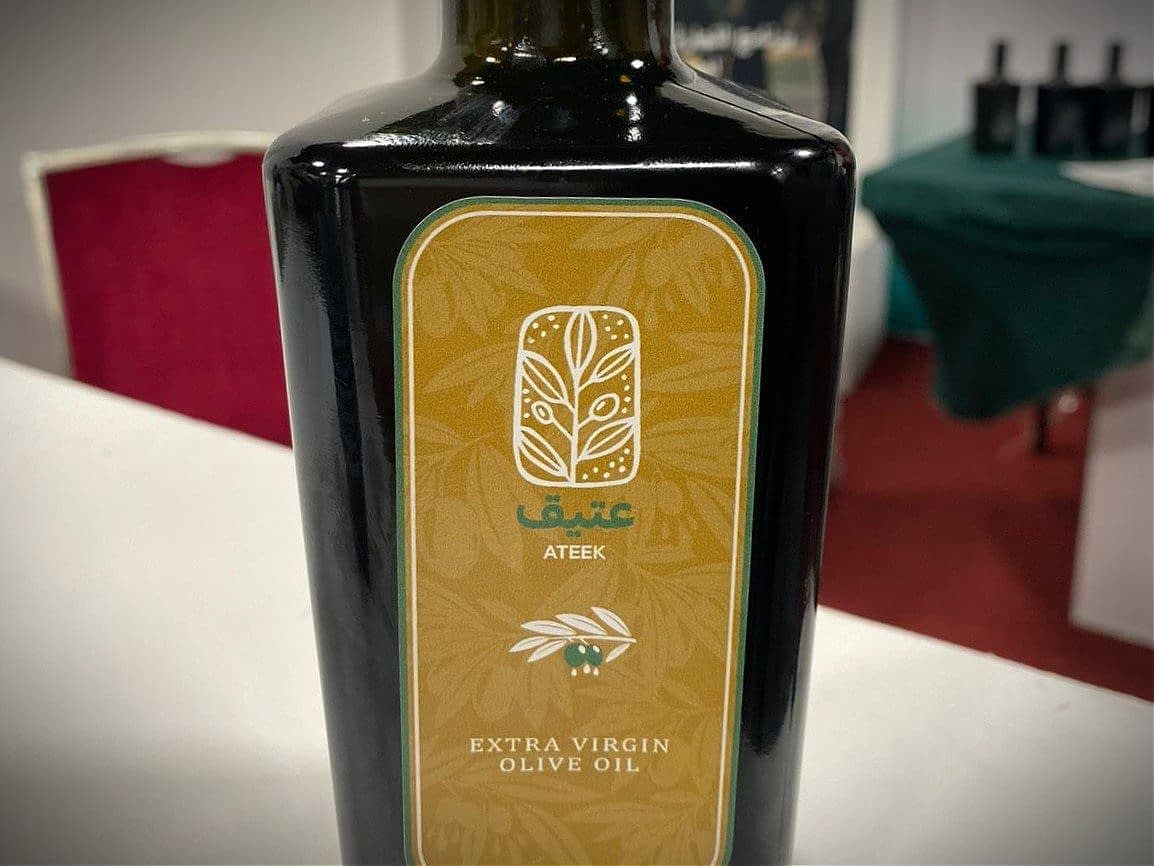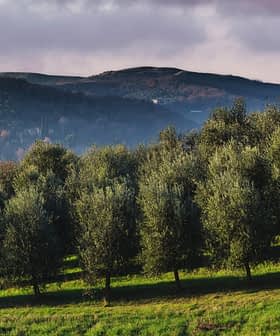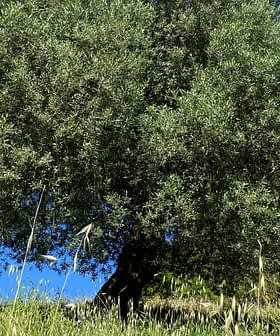The unique genetic heritage of Jordan’s ancient olive trees is the key to a new effort to add value to locally-produced olive oil.
With the support of international partners, Jordan’s producers and exporters association has launched a new extra virgin olive oil, Ateek, produced from the Mehras cultivar, considered among the oldest in the Mediterranean basin.
See Also:Jordan’s Olive Oil Yield Lower than Expected“This event showcases the rich history of the Mehras olive trees in our country and how it positions Jordan as a leader in the global olive oil industry,” said Ruba Daghmish, executive director of the association.
A 2020 study conducted by researchers in Jordan and published in the Mitochondrial DNA journal confirmed the ancient heritage of the Mehras tree.
“Keep in mind that the earliest human settlements that have grown olives were in Jordan,” Monther Sadder, co-author of the study and professor of plant biotechnology at the University of Jordan, told Olive Oil Times in a 2020 interview.
“The genetics of the Mehras trees demonstrate its role in olive tree history and represents a continuation of those early settlements activities in growing olives,” he added.
The study was the first in a series of investigations launched by the National Agricultural Research Center.
Olive oil production in Jordan
Olive oil production in Jordan is a significant aspect of the country’s agriculture industry. The country has a long history of olive cultivation, with some trees in the country believed to be over 2,000 years old. Olive groves can be found in various regions of Jordan, with the majority located in the northern and central parts of the country. In recent years, the Jordanian government has made efforts to modernize the olive oil production industry, investing in new technologies and providing support for local farmers.
During the Ateek presentation, Jordan’s Minister of Agriculture, Khaled Alhinifat, said scientists from the research center “have studied the genetic code of these ancient trees and discovered that they are closely related to olive varieties grown in other production countries, suggesting that Jordan is most likely the origin of these olives.”

Mercy Corps Jordan
The name of the ancient cultivar is strictly linked to its history. “Mehras is the name characterizing large ancient trees, whose trunk can be surrounded by the arms of three men,” said Nizar Haddad, the research center’s director general.
“As the investigated genotype belongs to a large olive tree, which is around 1,000 years old, the local name Mehras was coined,” he added.
Haddad also noted how the research on the olive genotype is part of a broader effort to map the genetic roots of plants and animals in the region.
Ateek has been presented as a fruity extra virgin olive oil produced following agricultural best practices.
See Also:Award-Winning Producer Emphasizes Sustainable Expansion in the Jordan DesertAccording to Salam Ayoub, the director of horticultural research at the National Agricultural Research Center, Mehras trees are characterized by a 30 percent oil content in their fruits, among the highest in the world.
The project was supported by the Netherlands and the international relief and support organization Mercy Corps with its HortiFuture Project, which is also active in protecting and maintaining ancient trees.
“This olive oil is a delicacy oil. The beauty of this product is to give pride to these trees and the farmers who inherited them, and now they have a better value for their produce,” said Tala Momani, senior agriculture and value chain advisor of Mercy Corps.

Event on Sunday, January 29, 2023 unveiling the olive oil Ateek (Mercy Corps Jordan)
At the launch ceremony, the Dutch ambassador Harry Verweij spoke about the relevance of the “symbolism and history of the olive tree in Jordan and its high-quality oil” and how “a great product should be accompanied by a great narrative and a compelling story, to attract consumers both in Jordan and abroad.”
Apart from the perennial olive oil from the ancient Mehras trees, the research council and ministry are also working on further disseminating the Mehras cultivar among olive growers in the region.
The most prominent areas for Mehras cultivation are in the rainfall-dependent northern highlands, where the variety was first identified.









